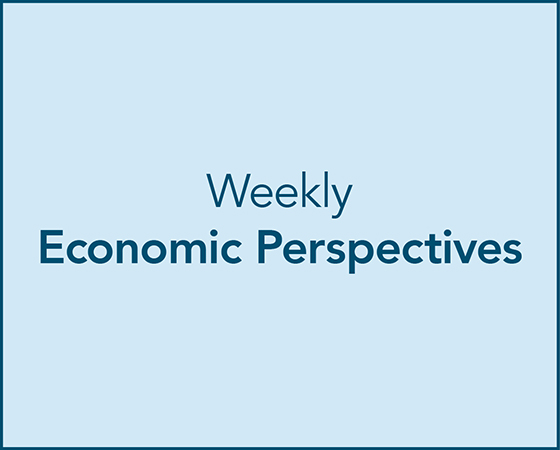
OUR UPDATES
BLOG
Nov 1, 2024
Economic Perspectives - 10/25/24
●Written by Steve Scranton

Economic Perspectives -
10/25/2024
●Written by Steve Scranton
for the full report click here
Economic Perspectives - 10/25/24 | Washington Trust Bank
Perspectives
A pain point for many businesses is the challenge of finding qualified help to fill open positions. One way to view potential sources of labor supply is to examine the Labor Force Participation Rate. This measures the percentage of the population that is participating in the labor force. Today's Perspectives section examines the labor force participation rate.
Soundbite
Overall, the Labor Force Participation rate has not returned to the rate that existed before the pandemic crisis hit.
Women have returned to the labor force faster than men,
The Asian population has returned to the labor force the fastest among all races.
The youngest age category (16-19 years old) has returned to the labor force the fastest among all age categories.
People without a high school diploma have returned faster than all other education levels.
Finding ways to bring more of the population back into the labor force may be key strategy for solving labor shortage issues.
Observations
Let us start with two definitions to make sure we are all on the same page as to what the labor force participation rate is measuring.
Labor Force as defined by the Bureau of Labor Statistics (BLS): the number of people currently employed or actively looking for work (i.e., unemployed). That means that those who are out of work but not actively looking for work are not included.
Population as defined by the Census Bureau: The civilian noninstitutional population is people 16 years of age and older residing in the 50 states and the District of Columbia, who are not currently in institutions (e.g., penal and mental facilities, homes for the aged), and who are not on active duty in the Armed Forces.
Why do we care about the Labor Force Participation Rate? It helps us understand whether there is a pool of people that could potentially be available to join the labor force and help address labor shortages. The lower the ratio, the more people that may potentially be available to join the labor force. The reverse is true for a higher ratio. There are multiple reasons why a person may not be in the labor force but understanding the size of that pool may at least help businesses understand the potential and then try to identify if there are ways to bring those people into the labor force. As we consider the data, it would be normal to think that the youngest and oldest age groups should have a lower participation rate.
The population in the 16-24 year age range should be lower since this is the age that most of the youth of America are in school.
The population of people 55 and over should also be lower because a growing portion of the age group is retiring and no longer interested in working.
Closing Thoughts
The good news is that the age group that is considered the “prime working age” (25-54 years old) has fully recovered from the pandemic lows and is trending higher.
A perspective to consider:What is the potential increase to the labor force if we simply returned back to the Labor Force Participation rate that existed before the pandemic crisis hit (12/31/2019)?
About the author
Steve Scranton, CFA
Chief Economist
Steve is the Economist for Washington Trust Bank and holds a Chartered Financial Analyst® designation with over 40 years of economic and financial markets experience.
Throughout the Pacific Northwest, Steve is a well-known speaker on the economic conditions and the world financial markets. He also actively participates on committees within the bank to help design strategies and policies related to bank-owned investments.
As the Economist for Washington Trust Bank, Steve participates in public speaking engagements, as well as authoring multiple communications, to keep our clients informed of economic and financial market conditions.